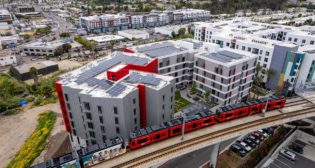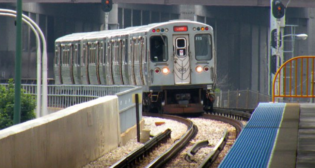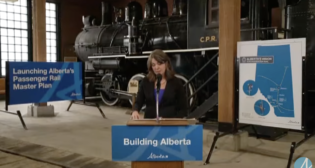
Transit Briefs: Metrolinx, Amtrak
Written by Carolina Worrell, Senior Editor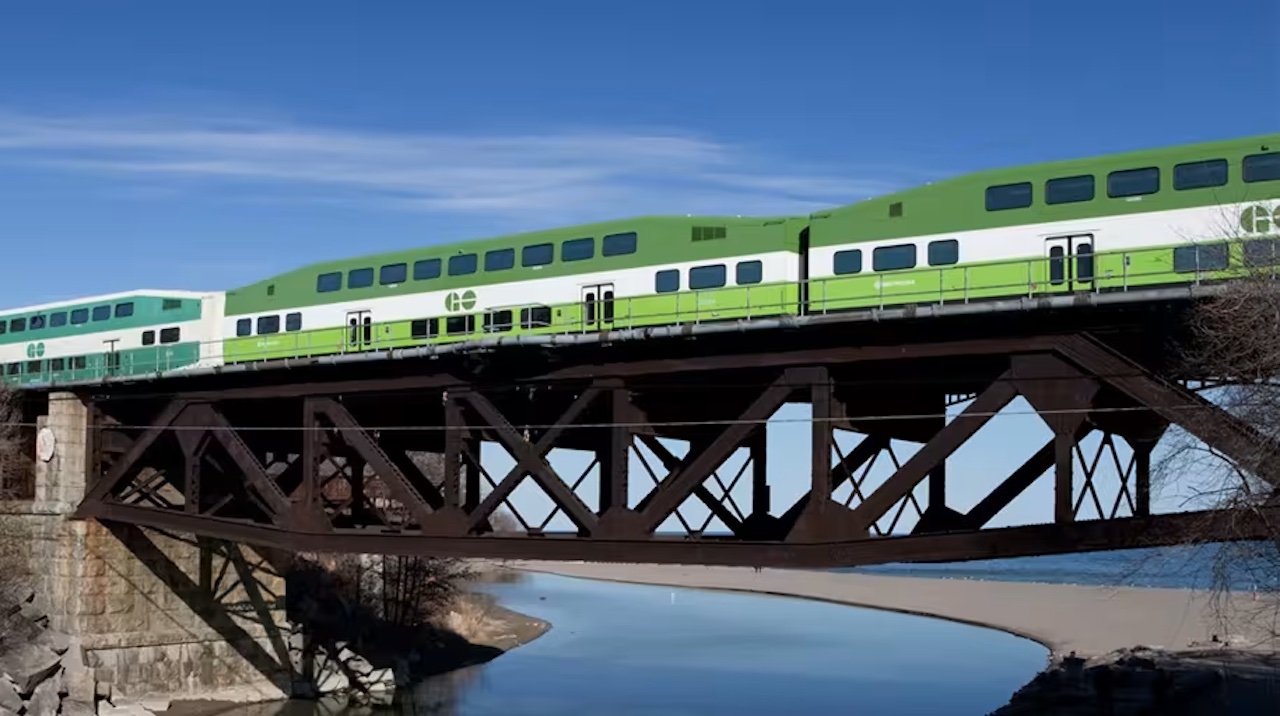
Metrolinx image
Metrolinx increases GO Train service. Also, Amtrak publishes a guide for West Baltimore community investments funded by the Frederick Douglass Tunnel Program (FDT Program).
Metrolinx
Metrolinx announced April 17 that it is making the biggest GO Train service increase since 2013 by adding more than 300 weekly train trips, bringing service to 96.5% of pre-pandemic service levels.
This, the agency says, is all part of an integrated plan to expand transit and connect people to more places, jobs and opportunities across the region.
Metrolinx is adding more GO Train service on the Lakeshore West, Lakeshore East, Kitchener, Stouffville and Milton Lines.
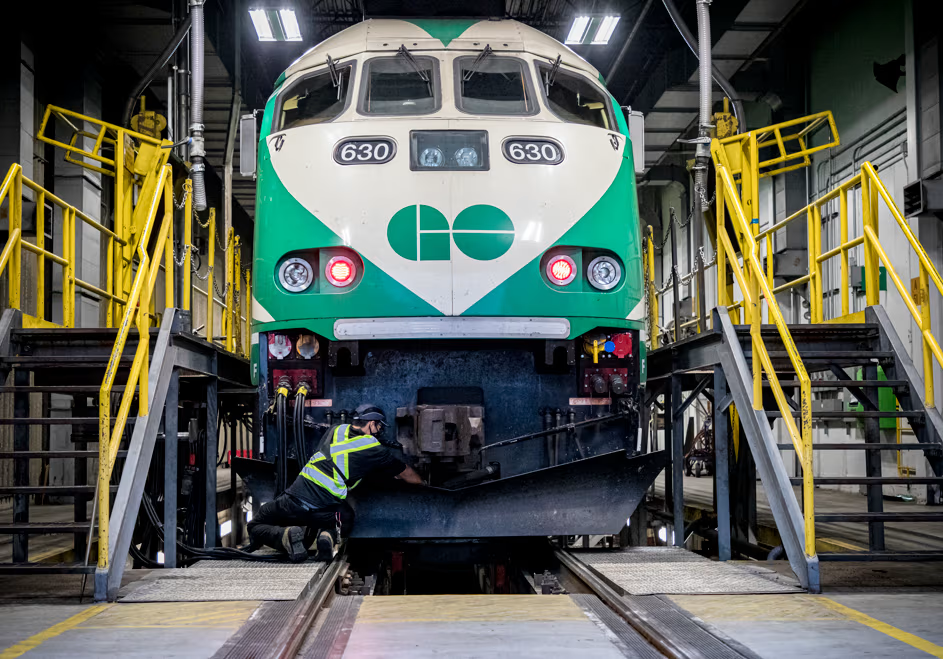
Starting April 28, customers can take advantage of the new 15-minute weekend service on the Lakeshore West and Lakeshore East GO Lines—an increase from the previous 30-minute service.
- Lakeshore West customers can jump on a train every 15 minutes on weekend afternoons and evenings between Oakville GO and Union Station.
- Lakeshore East customers can jump on a train every 15 minutes on weekend afternoons and evenings between Durham College Oshawa GO and Union Station.
Also starting on April 28, Kitchener Line customers are getting 30-minute weekday midday and evening service between Bramalea and Union Station—a 43% increase in trips on this line.
On the Stouffville Line, evening GO Train service is coming back seven days a week. This new service begins April 28.
For the Milton Line, two new rush hour trips are also being added, starting April 28.
- The new morning trip will leave Milton GO at 6:43 a.m., arriving at Union Station at 7:48 a.m.
- The new afternoon trip will depart Union Station at 4:10 p.m., arriving at Milton at 5:12 p.m.
Some trip times are also changing on the Lakeshore West, Lakeshore East, Milton, Kitchener, Barrie, and Stouffville Lines. More information will be available here.
Amtrak
Amtrak has published a new Community Investment Program (CIP) guide and webpage detailing the process for plans to invest $50 million in the West Baltimore community throughout construction of the FDT Program.
This important community investment, Amtrak says, was identified as a key component of the overall FDT Program by the Federal Railroad Administration (FRA) during its approval of the Program, which will build a brand-new rail alignment and modern tunnel to replace the existing 151-year-old B&P Tunnel.
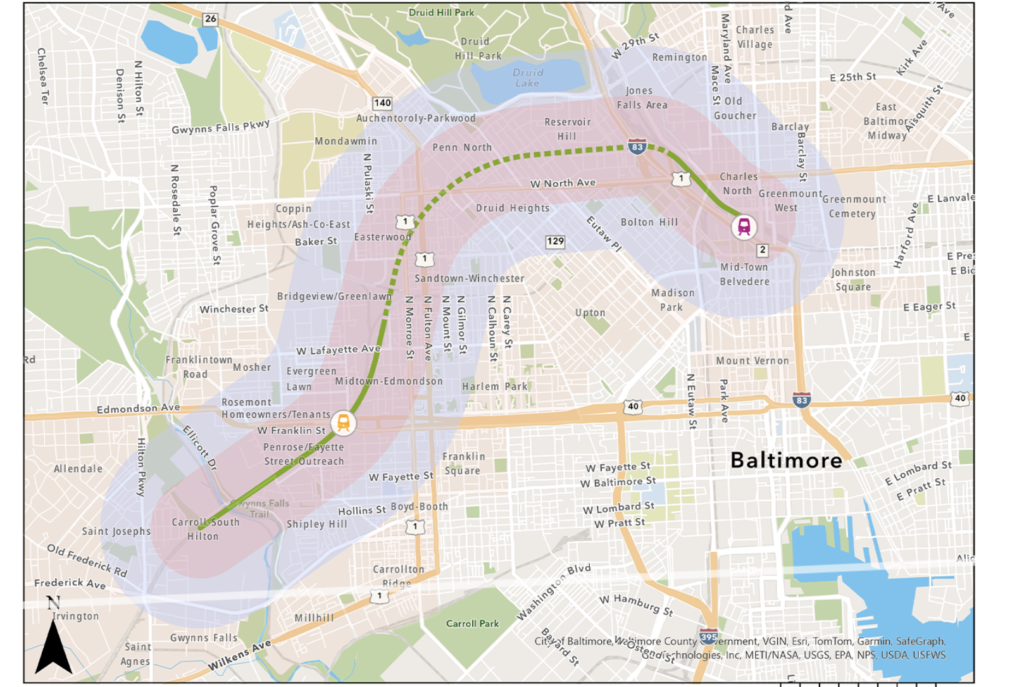
“Amtrak is committed to improving the Baltimore community through the FDT Program and these future investments will play an important role in achieving that goal,” said Amtrak President Roger Harris. “We are working diligently to administer the Baltimore Community Investment Program effectively and efficiently over the coming months and years.”
According to Amtrak, the company will award grants to qualified not-for-profit organizations or city/state government entities, as well as make direct investments in the community. These grants and direct investments will support projects located within ¼ mile of the Program alignment, across six investment categories:
- Community development.
- Workforce development.
- Publicly owned parks and recreation facilities.
- Community gardens, vacant lot greening or creation of public open space transportation.
- Historic preservation.
When FRA approved the FDT Program’s Preferred Alternative in 2017, it issued a Record of Decision (ROD) outlining mitigation measures that must be implemented during the Program’s design and construction. These ROD requirements included the CIP. The CIP is part of the overall FDT Program, which is funded by an FRA grant made possible by the Infrastructure Investment and Jobs Act (IIJA), as well as contributions from Amtrak and the State of Maryland.
The FDT Program, Amtrak says, “will deliver enduring transportation improvements for the Northeast Corridor (NEC), create economic opportunity, improve connectivity and upgrade local infrastructure in West Baltimore.”
This includes a state-of-the-art tunnel for electrified Amtrak and MARC passenger trains, a new ADA-accessible West Baltimore MARC Station, the replacement of multiple city bridges that require repair or replacement, and remilling, regrading, or repaving several streets in the Program alignment area.
According to Amtrak, “this CIP Guide will be refined and updated over time as this unprecedented community investment program evolves.” Amtrak is working with FRA to develop a formal community grant application and award process, as well as to finalize other CIP requirements necessary for effective community investments.
Once the formal CIP application process launches, Amtrak says it will conduct extensive community outreach to help ensure eligible organizations are aware of the funding opportunities and prepared to apply.
The CIP Guide (download below), the company adds, will serve as an important educational tool to help prepare eligible organizations for the formal application process.
